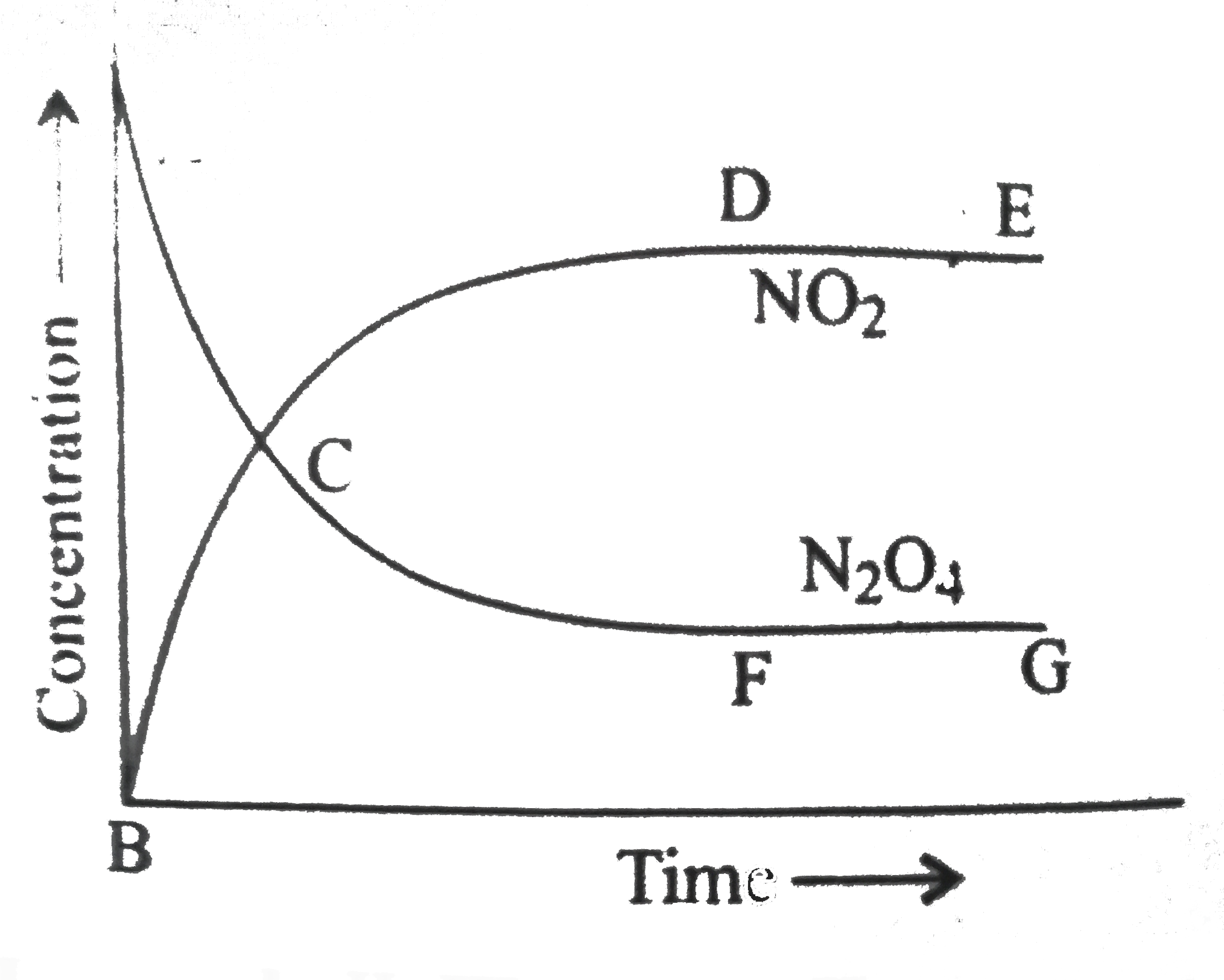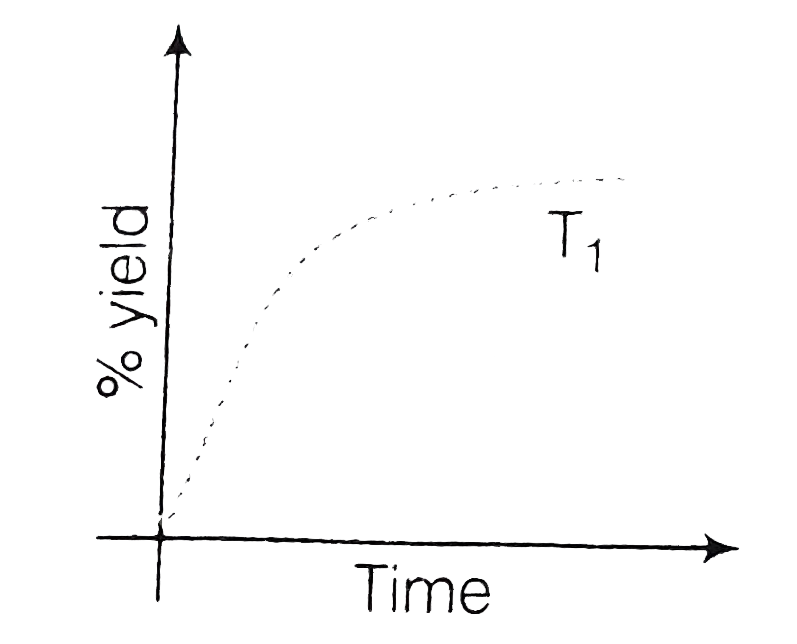Complete Solutions to Higher Order Thinking Skills of chapter EQUILIBRIUM of Class 11 book with complete answers and questions
| Class 11 | CHEMISTRY |
| Chapter | EQUILIBRIUM |
| NCERT FINGERTIPS | Higher Order Thinking Skills |
| Number Of Questions | 8 |
| Academic Year | 2023-24 |
At `1127 K` and `1 atm` pressure, a gaseous mixture of `CO` and `CO_(2)` in equilibrium with solid carbon has `90.55% CO` by mass:
`C_((s))+CO_(2(g))hArr2CO_((g))`
Calculate `K_(c)` for the reaction at the above temperature.
View SolutionA mixture of `1.57 mol` of `N_(2), 1.92 mol` of `H_(2)` and `8.13 mol` of `NH_(3)` is introduced into a `20 L` reaction vessel at `500 K`. At this temperature, the equilibrium constant `K_(c )` for the reaction `N_(2)(g)+3H_(2)(g) hArr 2NH_(3)(g)` is `1.7xx10^(2)`. Is the reaction mixture at equilibrium? If not, what is the direction of the net reaction?
View Solution`N_(2)O_(4) hArr 2NO_(2), K_(c)=4`. This reversible reaction is studied graphically as shown in the figure. Select the correct statement out of `I, II` and `III`.
I : Reaction quotient has maximum value at point `A`
II : Reaction proceeds left to right at a point when `[N_(2)O_(2)]=[NO_(2)]=0.1 M`
III : `K=Q` when point `D` or `F` is reached:

View SolutionAt 473K, equilibrium constant, `K_(c)` for decomposition of phosphorus pentachloride, `PCl_(5)` is `8.3xx10^(-3)`. If decomposition is depicted as :
`PCl_(5(g))hArrPCl_(3(g))+Cl_(2(g)),Delta_(r)H^(@)=124.0" kJ mol"^(-1)`
what would be the effect on reaction if the temperature is increased ?
View SolutionThe % yield of ammonia as a function of time in the reaction, `N_(2)(g)+3H_(2)(g)hArr2NH_(3)(g)'DeltaHlt0`
at `(p,T_(1))` is given below

If this reaction is conducted at `(p,T_(1))`, with `T_(2)gtT_(1)` the % yield by of ammonia as a function of time is represented by
View SolutionThe ionisation constant of benzoic acid `(PhCOOH)` is `6.46 xx 10^(-5)` and `K_(sp)` for silver benzoate is `2.5 xx 10^(-3)`. How many times is silver benzoate more soluble in a buffer of `pH 3.19` compared to its solubility is pure water?
View SolutionA solution which is `10^(-3)` M each in `Mn^(2+),Fe^(2+),Zn^(2+)andHg^(2+)` is treated with `10^(-16)M` sulphide ion. If `K_(sp)` od MnS, ZnS and HgS are `10^(-15),10^(-25),10^(-20)and10^(-54)` respectively, which one will precipitate first ?
View SolutionWhat will be the amount of `(NH_(4))_(2)SO_(4)` (in g) which must be added to 500 mL of 0.2 M `NH_(4)OH` to yield a solution of pH 9.35? `["Given," pK_(a)"of "NH_(4)^(+)=9.26,pK_(b)NH_(4)OH=14-pK_(a)(NH_(4)^(+))]`
View Solution
Higher Order Thinking Skills questions and complete solutions for chapter EQUILIBRIUM of MTG CHEMISTRY (HINGLISH) of Class 11
All Exercises from NCERT FINGERTIPS Class 11 CHEMISTRY EQUILIBRIUM
- Acids, Bases And Salts
- Applications Of Equilibrium Constant
- Assertion And Reason
- Buffer Solutions
- Equilibrium In Chemical Process - Dynamic Process
- Equilibrium In Physical Process
- Factors Affecting Equilibria
- Heterogeneous Equilibrium
- Higher Order Thinking Skills
- Homogeneous Equilibrium
- Ionization Of Acids And Bases
- Law Of Chemical Equilibrium And Equilibrium Constant
- MCQ
- NCERT Exemplar
- Relation Between Equilibrium Constant Constant, Reaction Quotient And Gibbs Energy
- Solubility Equilibria Of Sparingly Soluble Solids